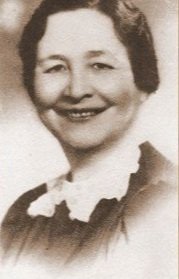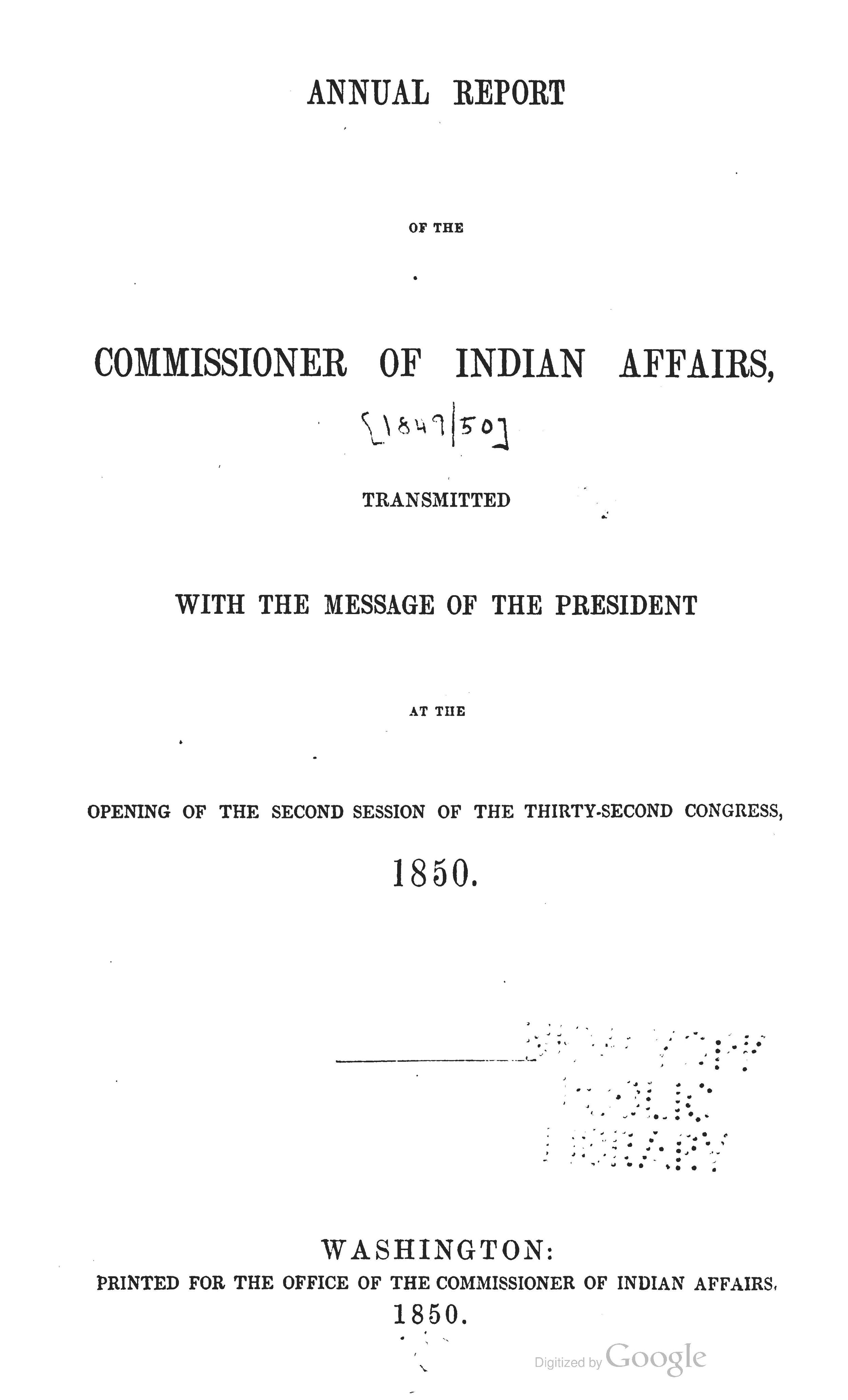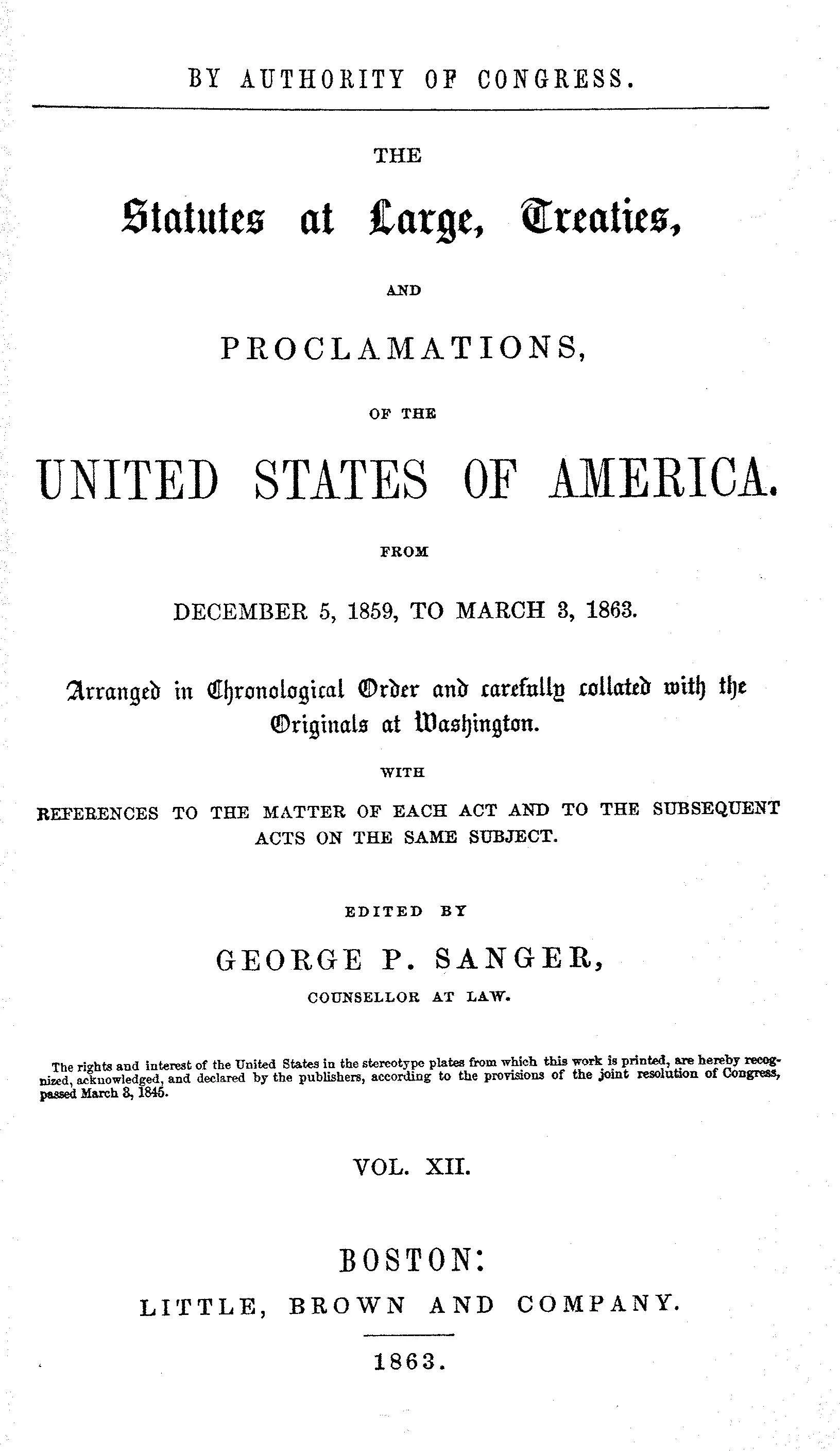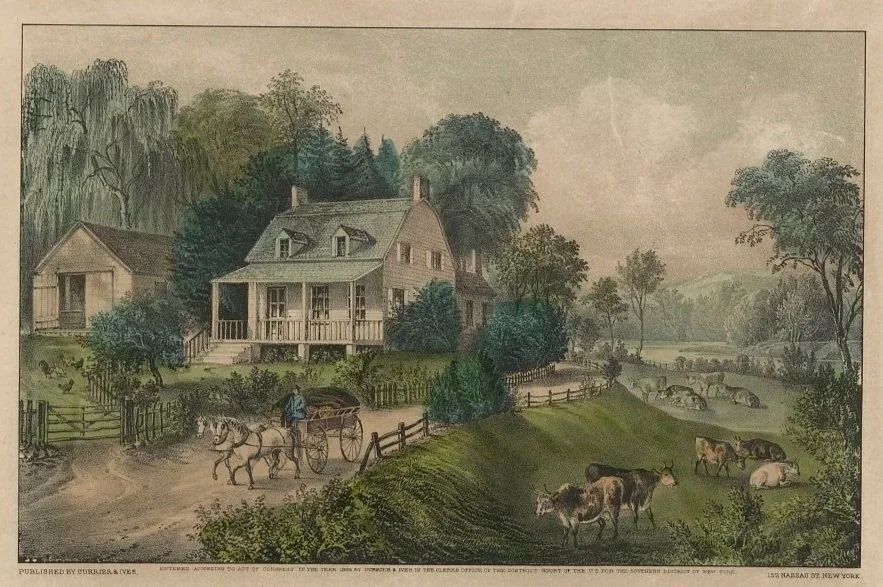Blue Earth Trinity Lutheran Land History
“Map of Minnesota Territory” by J.H. Young (1852)
Treaty and parcel research for Blue Earth Trinity Lutheran, 235 East 7th Street | Blue Earth, MN 56013

A Dakota Place
Mni Sota Makoce
The ultimate aim of a Dakota life, stripped of accessories, was quite simple: One must obey kinship rules; one must be a good relative. No Dakota who has participated in that life will dispute that. In the last analysis every other consideration was secondary—property, personal ambition, glory, good times, life itself. Without that aim and the constant struggle to attain it, the people would no longer be Dakotas in truth. They would no longer even be human. To be a good Dakota, then, was to be humanized, civilized. And to be civilized was to keep the rules imposed by kinship for achieving civility, good manners, and a sense of responsibility towards every individual dealt with.
Anpétu Wašté Win (Beautiful Day Woman, Ella Cara Deloria) | Speaking of Indians (1944)
“Valley of the St. Peters,” watercolor by Seth Eastman (c. 1846-1848)
The Treaty Period
Settler Colonialism
Control.
“In the application of this policy to our wilder tribes, it is indispensably necessary that they be placed in positions where they can be controlled, and finally compelled, by stern necessity, to resort to agricultural labor or starve. . . . [I]t is only under such circumstances that his haughty pride can be subdued, and his wild energies trained to the more ennobling pursuits of civilized life.”
“Brig. Gen. Henry H. Sibley,” by J.C. Buttre (1862)
Dictate.
"The Indians are all prepared to make a treaty when we tell them to do so, and such a one as I may dictate. They were never better disposed than now. I think I may safely promise you that no treaty can be made without our claims being first secured."
Letter from Henry Sibley to P. Chouteau Jr. and Company (November 3, 1850)
Beneficial.
“Several days elapsed before they would consent to any but terms of the most extravagant character . . . . Finally, on the 23rd of July, they were induced to sign a treaty, which, while it secures to the Government a large territory, second to none in value in the northwest, embodies provisions of a simple, but most beneficial character for the poor savages themselves, and well calculated, we think, if judiciously carried out, the same and elevate them from their present degraded condition.”
Alexander Ramsey, 1850 daguerrotype
Portrait of Nancy McClure by Frank Mayer (1851)
Grand.
“It was a grand affair. All the bands of Indians were there in great numbers. The commissioners came up, and with them a number of other white men, traders, attorneys, speculators, soldiers, etc. They had great times, to be sure, and I have always wondered how so much champagne got so far out on the frontier!”
Nancy McClure Huggan, “The Story of Nancy McClure: Captivity Among the Sioux," (1894)
“Wapasha III,” by unknown photographer (c. 1860)
One thing more.
“There is one thing more which our great father can do, that is, gather us all together on the prairie and surround us with soldiers and shoot us down.”
Mdewakanton Leader, Wabasha III (1852)
Abrogated.
“Be it enacted . . . [t]hat all treaties heretofore made and entered into by the Sisseton, Wahpaton, Medawakanton, and Wahpakoota bands of Sioux or Dakota Indians . . . with the United States, are hereby declared to be abrogated and allulled, so far as said treaties or any of them purport to impose any future obligation on the United States, and all lands and rights of occupancy within the State of Minnesota, and all annuities and claims heretofore accorded to said Indians… [are declared] to be forfeited to the United States.
Primary Sources
& Markups

Current Law
Land Becomes Property
Primary Sources
& Markups
Photograph of Blue Earth, MN (undated)
"Mendota from Fort Snelling" 1848 watercolor by Seth Eastman
There’s more
Curated Resource List for Blue Earth Trinity Lutheran
For a Dakota perspective on the history of the region:
Read Gwen Westerman and Bruce White, Mni Sota Makoce: The Land of the Dakota (Minnesota Historical Society Press, 2012)
To learn more about the role of Christianity in federal Indian policy:
Mission: Faith, Disputes, and Deception on the Dakota Frontier (Minnesota Historical Society Press, 2014)
For Indigenous perspectives on U.S. history:
Read Ned Blackhawk, The Rediscovery of America: Native Peoples and the Unmaking of U.S. History (Yale University Press, 2023)
Read Anton Treuer, Everything You Wanted to Know about Indians But Were Afraid to Ask: Revised and Expanded (Minnesota Historical Society Press, 2023)
Share Roxanne Dunbar-Ortiz, An Indigenous Peoples' History of the United States for Young People (Beacon Press, 2019)
“American homestead summer,” by Currier & Ives (1868)
To learn more about treaties as an economic engine of White wealth:
Read Martin Case, The Relentless Business of Treaties: How Indigenous Land Became U.S. Property (Minnesota Historical Society Press, 2018)











